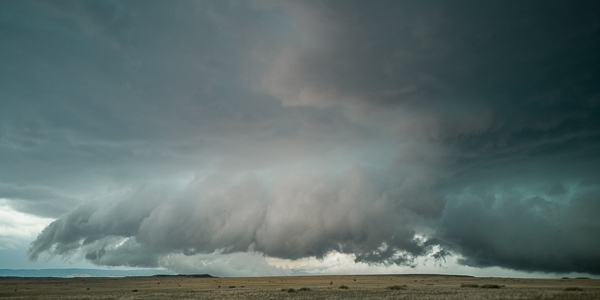



You cannot walk straight when the road bends.
Free University Amsterdam
Supervisor: R. Vandervorst
2009
Comenius University
Supervisor: M. Medved
2003
Rutgers University
Supervisor: K. Mischaikow
2009-2015
INRIA Saclay, France
2017-2019
AIMR, Japan
2015-2017
I have always been interested in the mechanisms by which nature creates beautiful and complicated patterns and then develops them in front of our eyes. This led me to using analytical and topological methods for exploring invariant sets of non-linear differential equations that are thought to govern some of these phenomena.
Nature, however, does not reveal itself in the form of differential equations directly, but rather as a point cloud collected by experimentalists. Today there is a tremendous amount of data but no universal method for understanding it. In my current research, I use methods of algebraic topology and the power of computers to analyze large and potentially high dimensional data sets. An integral part of my research is developing methods that allow a meaningful comparison of experimental and simulated data so that the similarities as well as the differences between them can be better understood.
In order to fully appreciate the dynamical mechanisms of nature, we need to treat our data as a time series. We apply topological methods and the theory of dynamical systems to study these time series. Often, the most interesting dynamics happen in a subset of the space in which the point cloud is embedded. The dimension of this set tends to be much smaller than the dimension of the ambient space. This opens a door for reconstructing the dynamics from the data in a more manageable space. I'm interested in using topological tools such as Conley index to show the existence of fixed points, periodic orbits and other invariant sets hidden in the experimental data.



